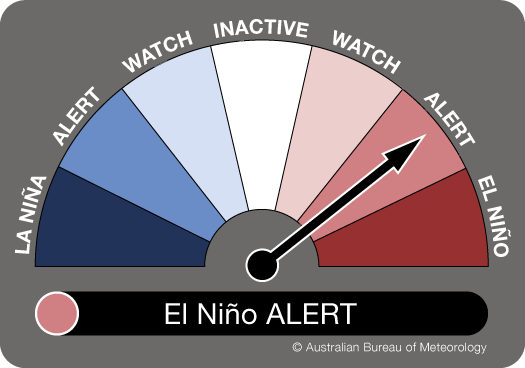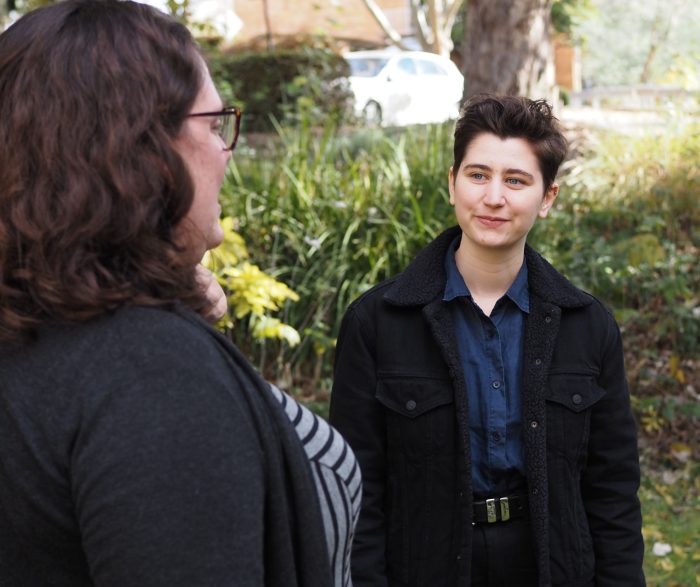By Olivia Henry, the Australian Science Media Centre

We’re inching closer to a hot, dry summer, according to the Bureau of Meteorology (BOM), which announced a shift from El Niño WATCH to El Niño ALERT earlier this week, meaning there is around a 70% chance of an El Niño developing this year.

The shift comes following the end of the uncertainty of the autumn period, with BOM Senior Climatologist Catherine Ganter saying the climate models are now meeting the Bureau’s El Niño ALERT criteria.
While this is no guarantee an El Niño will form, PhD candidate Ruby Lieber at the University of Melbourne told the AusSMC that the chance of an El Niño forming is roughly three times more likely, and with this comes an increased risk of drought and bushfire.
But the current conditions aren’t indicating a strong El Niño year.
“While the tropical Pacific Ocean has warmed to El Niño thresholds, the atmosphere is not responding in the way typical of an El Niño,” she said.
“Every El Niño is different and so we cannot be certain as to what the weather and climate will do in response.”
Dr Nandini Ramesh from CSIRO’s Data 61 and the University of Sydney agreed, adding the “the muted response from the atmosphere at this stage makes it difficult to know how strong the El Niño event will be.”
It may sound nice to have a slightly muted version of a hot, dry El Niño, but Dr Ramesh cautions that this does not mean the environment’s response to the conditions will also be muted.
“Some of the worst bushfire seasons in Australia have been during weak to moderate El Niño events (e.g., 2019-20) rather than strong ones (e.g., 2015-16),” she said.
If the forecasts turn out to be correct, it will be “the first time in eight years since an El Niño was last experienced in Australia,” according to Dr Tom Mortlock from the UNSW Climate Change Research Centre.
This adds to some concern over bushfire risk, he said, with the “long absence of El Niño and back-to-back La Niñas” has promoted landscape growth – perfect fuel for bushfires.
For now, BOM continues to monitor the situation using a climate version of their weather model to make long-range forecasts.
“The Bureau currently forecasts Australia’s rainfall and temperature up to 3 months ahead,” said Ms Ganter.
Originally published by AusSMC.
